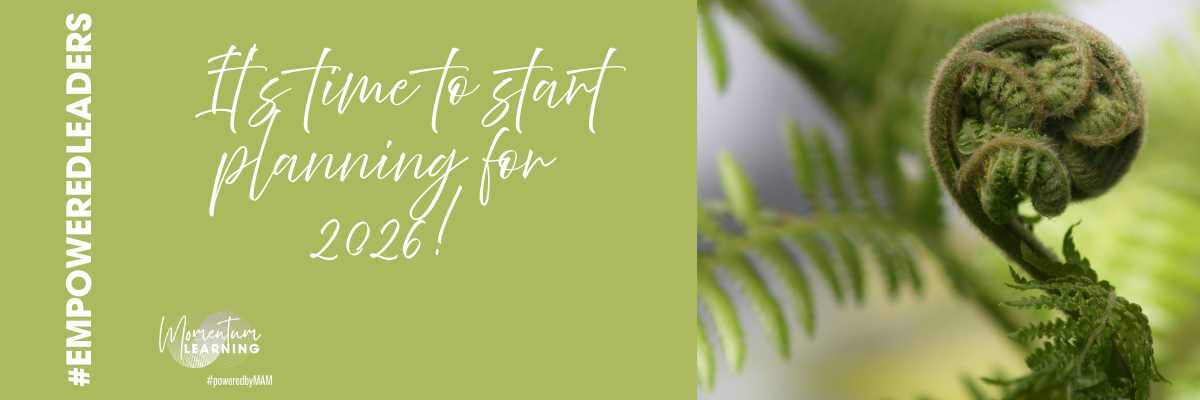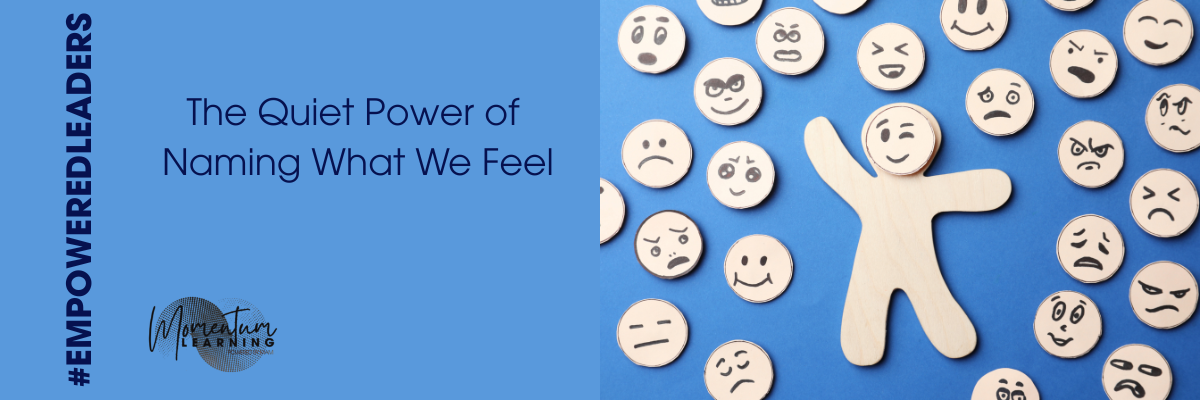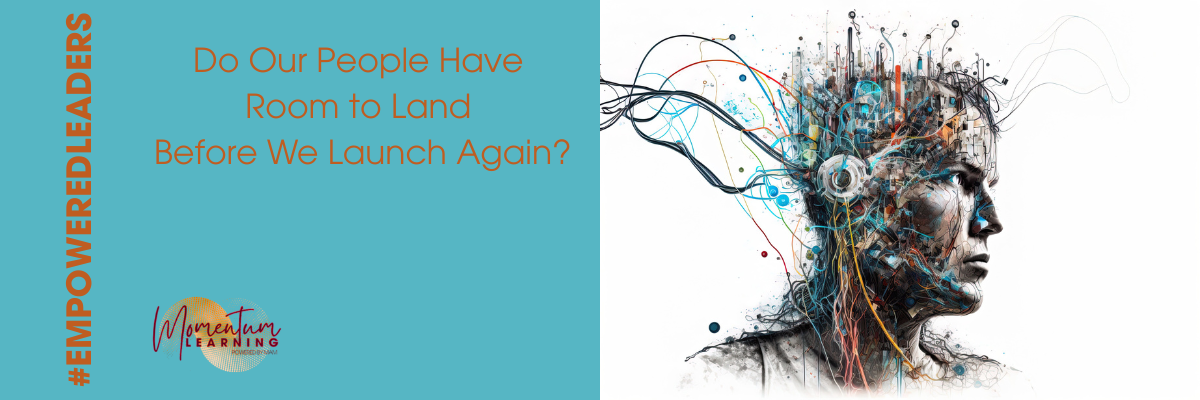
Ngā mihi o te Kirihimete me te Tau Hou
Ngā mihi o te Kirihimete me te Tau Hou
As we reach the end of another busy year in the education sector, I want to take a moment to thank all of our wonderful clients for your trust, partnership, and support. It has been a privilege to work alongside you throughout my mahi, and I’ve truly enjoyed collaborating to support the important work you do for learners, staff, and communities.
The Christmas and New Year break offers a well-earned opportunity to rest, recharge and reconnect with whānau. We hope this period brings you calm, safety, and a well-deserved chance to breathe after a full year.
Thank you again for your partnership throughout 2025. We look forward to continuing our mahi together in the year ahead.
Let’s leave 2025 with the following quote from Hal Borland, an American writer, journalist and naturalist:
“Year’s end is neither an end nor a beginning, but a going on, with all the wisdom that experience can instill in us”.
And enter 2026 with a quote from Michael Josephson MBE, charity campaigner, successful businessman and mental health awareness advocate:
“Approach the New Year with resolve to find the opportunities hidden in each new day”.
Ngā mihi nui,
Mary-Anne and the Momentum Learning Team
New Beginnings for 2026!
As 2025 draws to a close, we’re taking a moment to breathe, smile, and celebrate the incredible leadership journeys we’ve been privileged to walk alongside this year. Watching leaders grow their coaching confidence, lean into courageous conversations, and create real shifts in their teams has been nothing short of inspiring.
And now… we’re buzzing for what’s ahead.
Momentum Learning is gearing up for an exciting 2026, packed with fresh opportunities to connect, stretch, and elevate leadership across Aotearoa. We’re looking forward not only to building new partnerships, but also deepening the relationships already woven through our mahi. With a mix of in-person, virtual, and on-demand offerings, there’s something designed to meet every person right where they are, and help them rise to where they want to be.
Here’s a sneak peek at what’s on offer for 2026:
Leadership Development for Senior Leaders
We offer a comprehensive range of supports designed to strengthen clarity, relational influence, and sustainable leadership practice:
Principal and Senior Leader Supervision & Coaching – reflective guidance that supports balanced, purposeful leadership
Principal Professional Learning Group – a collaborative and reflective space to lift decision-making and strengthen practice
Confident Conversations – building confidence and skill for complex or high-stakes conversations
Emotional–Social Intelligence 360 for Leaders – deepening self-awareness, presence, and relational impact
Professional Learning for Middle Leaders
Middle leaders play a vital role in driving school improvement. Our offerings help them lead people, pedagogy, and change with confidence:
Leadership Coaching Programme for Middle Leaders – strengthening capability, clarity, and influence
Aspiring & Middle Leader Series – practical learning for leading teams, shaping culture, and supporting improvement
Confident Conversations for Team Leaders – building capability in clear, direct, and supportive dialogue
DP/AP Professional Learning Groups – sharpening systems thinking and practical leadership decision-making
Team Culture, Staff Wellbeing & Organisational Health
To help schools build a connected, empowered, and thriving workplace, we offer:
Organisational Culture Revitalisation Programme – enhancing clarity, connection, and collaboration across the organisation
RocheMartin’s ECR Teams report is a fast, data-driven assessment that measures a team’s collective emotional intelligence and provides clear actions to strengthen collective performance.
Wellbeing Support for Teams – practical strategies that enhance balance, resilience, and workplace flourishing
Emotional–Social Intelligence Workshops – building emotionally intelligent habits that strengthen teamwork
Confident Conversations – improving communication, relational trust, and everyday interactions across the school
Student Wellbeing & Learning Growth
We support tamariki, teachers, and whānau with approaches that nurture emotional intelligence, resilience, and learning confidence:
Poutokomanawa: Strong Backs, Soft Hearts, Helping Hands. Our social-emotional wellbeing programme for children aged 5–12
Cognitive–Affective Learning (CAL) – integrating learning science, identity, and wellbeing to strengthen learner success
Whole-School Capability Support
Schools can also access tailored support in:
Teaching Sprints & Coaching Conversations – helping teams improve practice through clarity, evidence, and reflection
Confident Conversations– building capability in clear, direct, and supportive dialogue
Assessment For and As Learning – strengthening formative practice and accelerating student progress
Cognitive–Affective Learning Approaches – blending learning science with social–emotional understanding
Ready to hit the ground running in 2026?
If you’re keen to ignite your leadership, energise your team, and build real momentum, let’s connect.
Your next step starts now. Reach out and let’s make it happen: upskill@momentumlearning.ac.nz
Have a fabulous week
Mary-Anne
The Quiet Power of Naming What We Feel
The Quiet Power of Naming What We Feel
Think about the last time a conversation took an unexpected turn. Perhaps someone challenged your idea, or a colleague’s comment landed more sharply than intended. In that instant, your body knew before your mind caught up; heart rate quickening, thoughts racing, a reply already forming (usually your most “brilliant” one of the day).
Moments like these reveal the hidden force of emotion. Left unnamed, it often takes the lead. Frustration colours our tone. Anxiety pushes us to overexplain. Hurt folds us into silence. What happens next in the conversation is shaped not by intention, but by reaction.
Yet something shifts when we notice and name what we are feeling. Neuroscience tells us that labelling emotions dials down the brain’s alarm system, easing intensity and creating space to think more clearly. A pause is introduced. And in that pause, we regain choice.
The choice may be as simple as steadying your breath before responding. It may be quietly acknowledging, “I feel defensive,” and deciding to ask a clarifying question instead of firing back. These are not grand gestures; they are small acts of emotional editing that change the course of a moment (and possibly save you from an awkward apology later).
Perhaps the real opportunity is not in erasing emotion from our interactions, but in recognising it sooner and holding it with more honesty. Imagine the difference in our workplaces, homes, and communities if conversations could shift from clash to curiosity simply because we were willing to pause, name, and choose.
And if you would like to go deeper in understanding your emotions, there is a great episode of the Feel Better podcast (Ep 75: How to Know What You are Feeling) that explores why we often default to “fine” or “busy.” It is a refreshing reminder that emotional literacy starts with honesty, and that “fine” is often just code for “running on fumes.” Listen here.
Reflective Questions to Consider
What patterns do I notice in the way I respond when certain emotions show up, and how might those patterns be shaping my relationships?
How could creating a pause before responding open the door to deeper understanding rather than quick resolution?
Do I have the vocabulary to accurately identify and name my emotions, or is this something I need to build; beyond “fine,” “tired,” and “running on caffeine”?
Go gently this week
Mary-Anne
Do Our People Have Room to Land Before We Launch Again?
Do Our People Have Room to Land Before We Launch Again?
Bruce Tuckman’s model reminds us that teams move through forming, storming, norming, performing; and finally adjourning, when the project winds down and people move on to what is next. It is a rhythm, not a race. Each stage matters.
But here is the question that tugs at me as I work with leaders of change:
If we keep piling on new initiatives before our people have had the chance to reach norming, or better still, performing, are we truly building capacity; or just quietly draining it?
The Brain’s Need for Rhythm
Our brains are wired for both novelty and stability. We love new ideas, but we also need routine to make sense of them.
Too much novelty, and overload hits. The prefrontal cortex waves a small white flag, change fatigue rolls in, and resistance starts muttering in the back row.
Too little stability, and nothing sticks. Habits slide off, learning stays fragile, and people start treating every new thing as “a phase that will pass.”
Stack the changes too high, and the brain simply short-circuits. Competing priorities fill the mental inbox until there is no space left for creativity, calm, or a decent night’s sleep.
The result? Teams hovering endlessly in storming; circling between conflict, fatigue, and shallow compliance; instead of reaching that satisfying glide of performing, where everything just clicks.
What This Looks Like on the Ground
A shiny new digital platform arrives before the old one has found its footing.
A curriculum refresh collides with assessment changes, and teachers never quite land either.
Leaders change focus each term while their people are still unpacking last term’s “must do.”
That is not agility. That is exhaustion disguised as progress.
What Leaders Can Do
Ask the timing question. Before launching anything new, pause and ask: has the last shift reached norming yet, or are we still paddling furiously in storming?
Distinguish the must dos from the may dos. Sequence, do not stack. Just because we can does not mean we should (even if it looks great on a strategic plan).
Use neuroscience as your compass. The brain needs repetition, reinforcement, and rest for new pathways to form. Give your people space for all three.
Normalise reflection. Hui, pulse checks, retrospectives; whatever you call them, use them. Ask, are we stabilising, or still storming?
Protect capacity. Sometimes leadership is less about what you add, and more about what you intentionally hold back.
Pause and reflect:
Are we measuring success by how many initiatives we launch; or by how deeply our people can embed and thrive in them?
What would it look like to honour the brain’s natural rhythm; so that change becomes sustainable, not just survivable?
And what external influences might we need to push back against; the well-meaning pressures, expectations, or trends that keep us launching before our people have truly landed?
Go with rhythm this week
Mary-Anne
Keeping the Rhythm of Accountability
Keeping the Rhythm of Accountability
Picture a rowing crew out on the water. Every person has an oar in hand. When each rower pulls in time, the boat glides forward with power and ease. But when someone eases off, dips their oar late, or drifts out of rhythm, everyone feels it. The glide turns to drag, and that satisfying whoosh across the water becomes a sluggish splosh.
This is what accountability looks like in a team. It is rarely about the grand gestures. More often, it lives in the small, consistent actions that either keep the rhythm or quietly throw it off.
Strong teams do not fall apart because people stop caring. They drift when no one names the dip in rhythm, when the missteps go unspoken. Over time, the standard slides, energy drops, and everyone starts wondering why it suddenly feels so hard to row.
Rethinking Accountability
Accountability is not about blame. It is about commitment; about protecting the collective rhythm that keeps everyone moving forward. And it is about the courage to call people back into time when they slip out of sync (ideally before the whole crew starts spinning in circles).
We often assume that “consequence” means punishment. But really, consequence is simply what happens next.
When someone rows harder than expected and the team acknowledges it; that is a consequence.
When rhythm breaks and the coxswain calls it out, restoring flow; that is a consequence.
When no one says anything and the boat keeps dragging sideways; that too is a consequence, one that slowly eats away at belief in the crew.
Accountability is not a heavy hand. It is the steady beat that keeps people rowing together with trust, energy, and purpose. When recognition and correction both happen naturally, the whole team feels it, and the boat starts to fly again; smoother, stronger, faster.
That is the rhythm of a truly accountable team.
Pause and Reflect:
Where in your team have you noticed rhythm slip without naming it?
What behaviours are you reinforcing by what you acknowledge; or ignore?
How do you personally stay in time with your own commitments?
Stay Steady
Mary-Anne





